Think Small: How a Short Meeting Helped a Tiny Team Through a Long Year
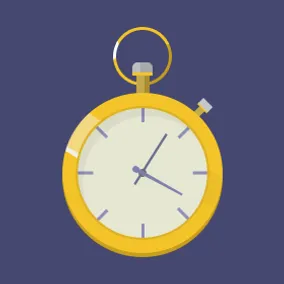
Elyse Kamibayashi, Former Senior Brand Strategist
Article Categories:
Posted on
An exercise in writing, failure, and trust.
Being on a small-ish team at work is a lot like living in a small-ish apartment. There are pros and cons.
Pros: it can be easier to maintain. There are fewer corners where dust bunnies can congregate. It's easier to make decisions, particularly decisions that everyone on the team feels like they're part of. It's easier to know your teammates — to become extremely familiar with how they work, what they're struggling with, and where their strengths lie.
Cons: easier is not always better. Teams (especially teams of creative people) have to be more than just tidy and cozy. Tidy and cozy can be great if it encourages growth and experimentation. It's not so great if it encourages complacency and risk aversion.
The truth is that, sometimes, small teams can become too easy. It’s easy to agree, so we agree. It's easy to continue working towards the same things, no matter how much the world around you is changing. It’s easy to feel like we know each other — and to use that as an excuse to stop looking for things that could challenge the way we see ourselves.
In other words, this bright, safe space that we carve out for ourselves can, if we’re not careful, become too small and too comfortable for growth. Either that, or the work itself can require so much from us that personal growth and team growth are shoved in the drawer full of stuff we swear we’ll take care of "when things calm down."
But what do you do to avoid this? How do you invest in the growth of your little team without instituting a lot of artificial solutions that ultimately just give people one more thing to do?
For our team of three writer-strategists, the solution wasn’t huge or groundbreaking. It was small and weird, but it worked. Much like us.

In February of 2020, right after a particularly busy season, and right before we started getting nervous about this thing called the coronavirus, we decided to try an experiment.
We chose a skill that we all wanted to improve, and decided to work on it together. That skill was headline-writing — one of the most intimidating aspects of our job as writer-strategists.
We instituted a 15 minute meeting on Monday mornings. We called it #TheWriteTime. During that meeting, we’d pull up a doc with a list of brands (Doritos, Sensodyne toothpaste, Deloitte). We’d pick one, set a timer for 10 minutes, and then write as many headlines as we could. When the ten minutes were up, we’d share whatever we’d written — no culling, no deleting, no shame.
Most of them were embarrassing. A few of them made us laugh.
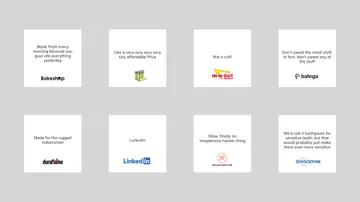
Pretty soon, something interesting started to happen.
The headlines we wrote in the 10 minutes didn’t improve dramatically, but our headlines in general did. When it was actually time to write for a client, we found that we were faster and more confident.
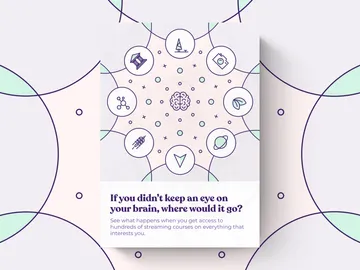
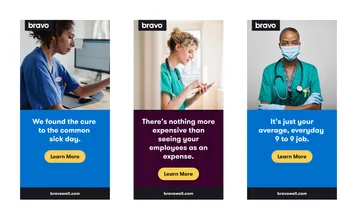

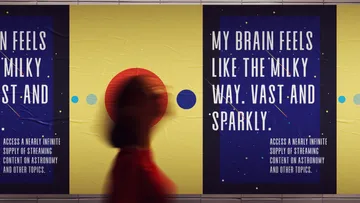
And something else happened. Turns out, you can’t show your teammates your worst possible work (and see theirs in return) without starting to trust them a little bit more. If writing headlines for 10 minutes about a randomly-selected brand feels like an ungainly scramble up a large boulder, then reading your work to your team feels like a trust fall off of that boulder. One awkward silence, one pitying look, and it's all over.
Thankfully, that has never happened. Nothing feels better than writing a good headline — except maybe knowing you can show a really heinous headline to your team without fear of mockery.
Over the weeks and months, we've gotten better at being terrible — which, of course, is the key to being good at anything creative. We learned not to take ourselves too seriously — to see the terrible stuff as an important, and often hilarious, part of the process. We learned that the first three minutes of the ten are always painful, but something always starts to happen around the five minute mark. We learned that there are no shortcuts to the five minute mark. Most of all, we learned that we could trust each other — that we are all human, and that we don't seem to mind that about each other.
One Year(ish) Later
#TheWriteTime lives on. It’s become one of the highlights of our week.
But there have been some important changes.
First off, we allowed the meeting to extend to 30 minutes to accommodate chit chat and catching up. Even more importantly, we made it a “floating meeting.” We scheduled it for the same day and time every week, with the understanding that anyone could move the meeting to a different point in the week if they’d had a long day or needed extra focus time. The key was that it had to happen.
We also started to explore some non-headline options. This spring, to account for some new, art director teammates, we added a logo component. We’re still working from the same list of brands, but while we write headlines, the designers sketch logos.

We subsequently rebranded #TheWriteTime and renamed it WD-40 — the writer-designer antidote to rusty skills.
We’re currently exploring ways to evolve WD-40 to focus on different skillsets, but the core of it remains the same. The true value of WD-40 isn’t just what it does for our skills, but what it does for our team. During the pandemic, it gave us an outlet to work on something important to us, to laugh a lot, and to be excessively real with each other. It made the little space our team occupies feel somehow bigger, brighter, and more hopeful.